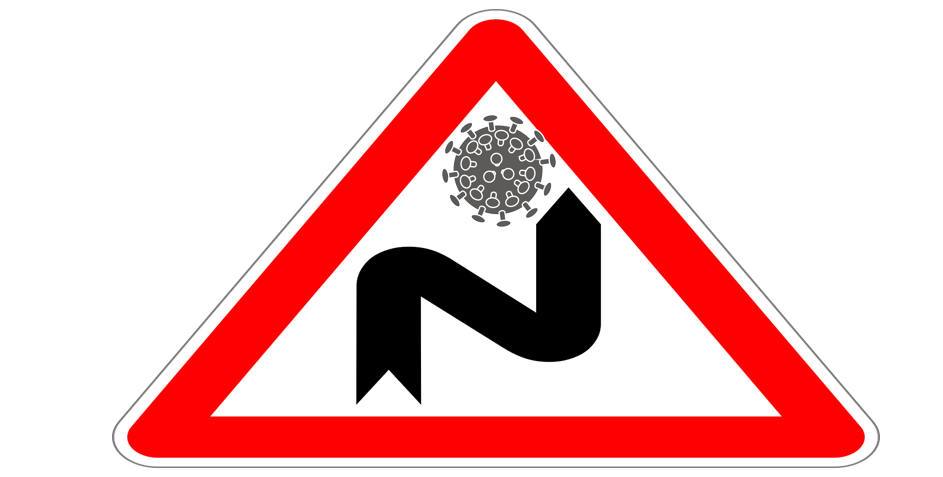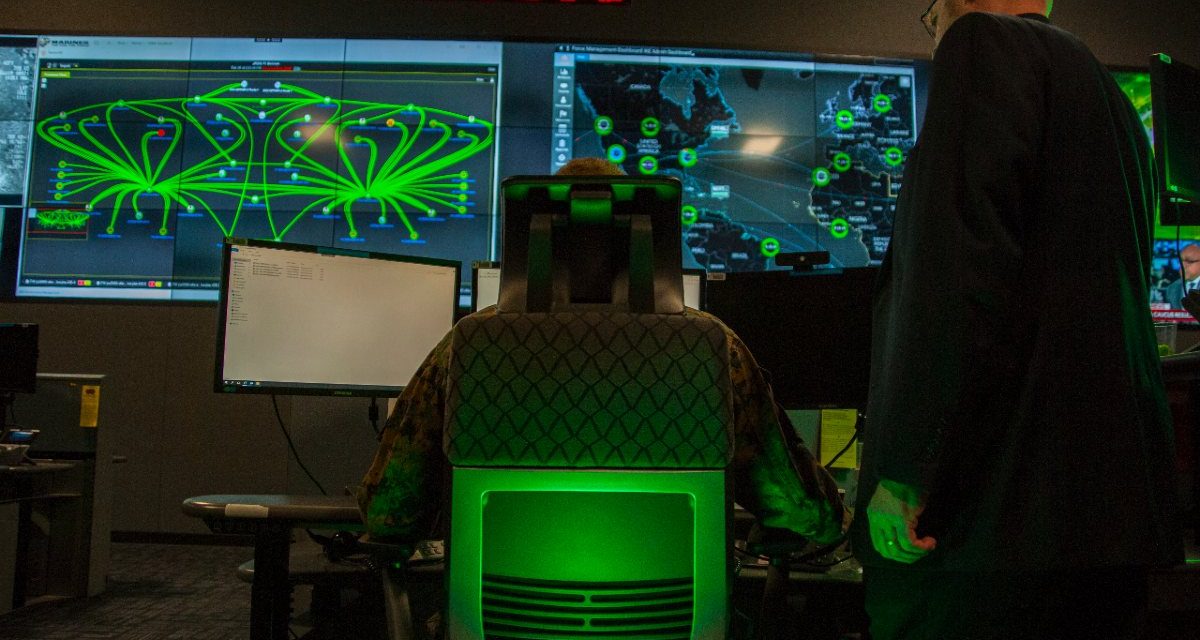John Calabrese
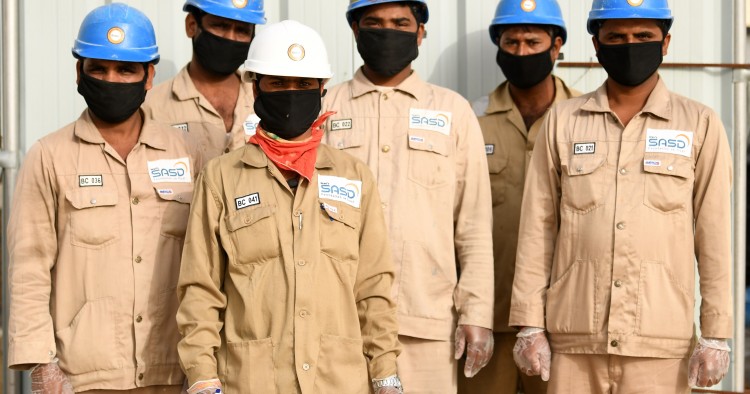 India’s interests and capabilities extend well beyond the subcontinent. This essay is part of a series that explores the geopolitical dimensions, economic ties, transnational networks, and other aspects of India's links with the Middle East (West Asia) -- a region that plays a vital role in India’s economy and its future. More ...
India’s interests and capabilities extend well beyond the subcontinent. This essay is part of a series that explores the geopolitical dimensions, economic ties, transnational networks, and other aspects of India's links with the Middle East (West Asia) -- a region that plays a vital role in India’s economy and its future. More ...
India is the largest country of origin of international migrants[1] as well as the world’s top recipient of remittances.[2] Since the 1970s “oil boom,” Indian migration to the Gulf has served as a valuable source of income for the nation and as the backbone of the economies of high-migration states such as Kerala through the transfer of remittances. During this time, Indian migrant workers[3] have made substantial contributions to the economic development of the Gulf States.[4]
However, the increasing international scrutiny and condemnation of the treatment of blue-collar and domestic expatriate workers in the region in recent years has cast India-Gulf migration in a far less favorable light, prompting greater attention by the Government of India (GoI) to diaspora affairs and worker welfare issues. Yet, complaints received from and on behalf of migrant workers regarding various forms of abuse, exploitation, and hardship persist.

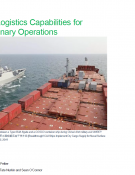





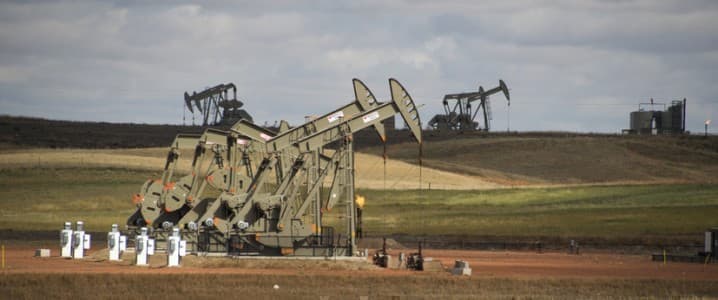
/arc-anglerfish-arc2-prod-mco.s3.amazonaws.com/public/33CDAO6GOBDAXBEDJUG5GZY23A.jpg)

